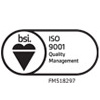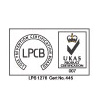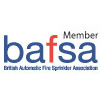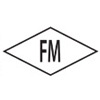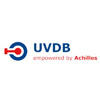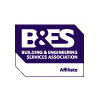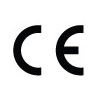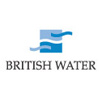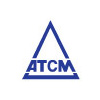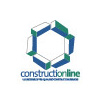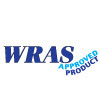Particular stages of HydroTank fire-fighting water tanks installation:
- Preparing all the necessary measurements, executing the project according to global standards, selecting the most effective materials,
- Delivering materials, preparing and leveling the ground for the outpouring of the concrete foundation on which the tank will be placed,
- Placing the tank with hydraulic cylinders, preparing thermal insulation (external or internal), performing hydrolysis of PVC foil of 1,5 mm (warranty: 35 years) or using the EPDM membrane of 0, 75 mm – 1, 00 mm (warranty: 30 years), and installing additional equipment, such as:
- process pipelines,
- outside ladder with galvanized steel elements with protective platform and barrier, which allows to access the inspection hatch, placed on the roof of the tank.
- filling pipeline mounted inside the tank from the bottom to the top level of the water surface, it ends with a float valve – inlet port is made by the foundation slab, it ends with a flange, in the case of supply line passing through the shell of the tank, we need to take care of anti- freeze insulation to a depth appropriate for your climate zone;
- suction ports with anti – vortex plates, end with cowls adjusted to the needs of the fire brigade or suction ports end with flanges – depending on the applied solution;
- blowdown connection with a valve that supports water drainage;
- overflow pipe for efficient drainage of excess water;
- Attaching the tank to the concrete slab by anchor bolts.
- Finishing the work relating to installing the tank along with the implementation of retrofitting (on request)
- Testing the tightness of the tank by filling it with water (the water level in the testing phase should be approx. 1, 5 m). The entire testing process takes approx. 24 hours.
- Testing of electrical equipment (carried out by a fully filled tank) Water level is also subject to control, thanks to holding tank sensors. You can operate them with the control box, on the tank’s shell.
- Transferring technical documentation, along with certificates, warranty card and instruction manual.

